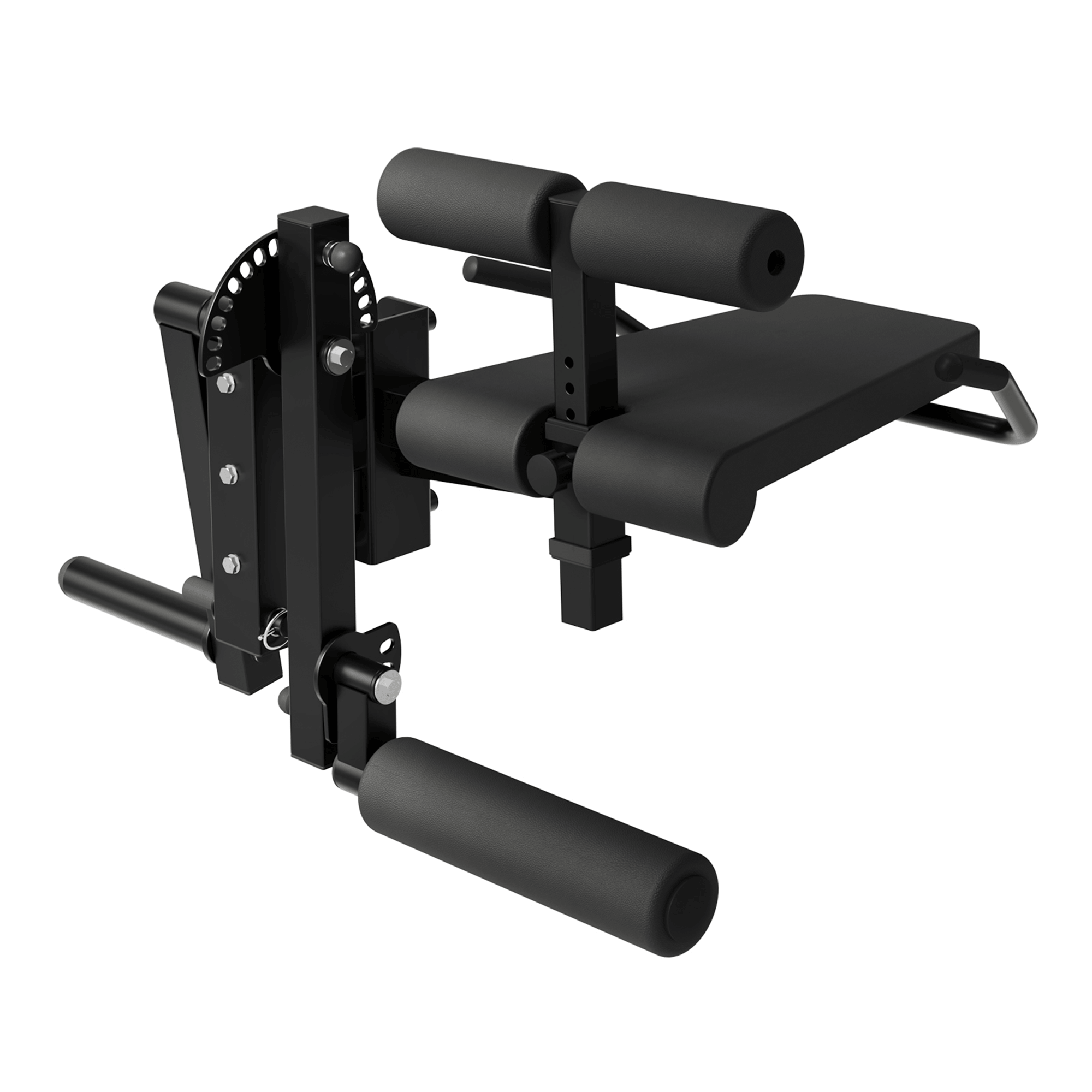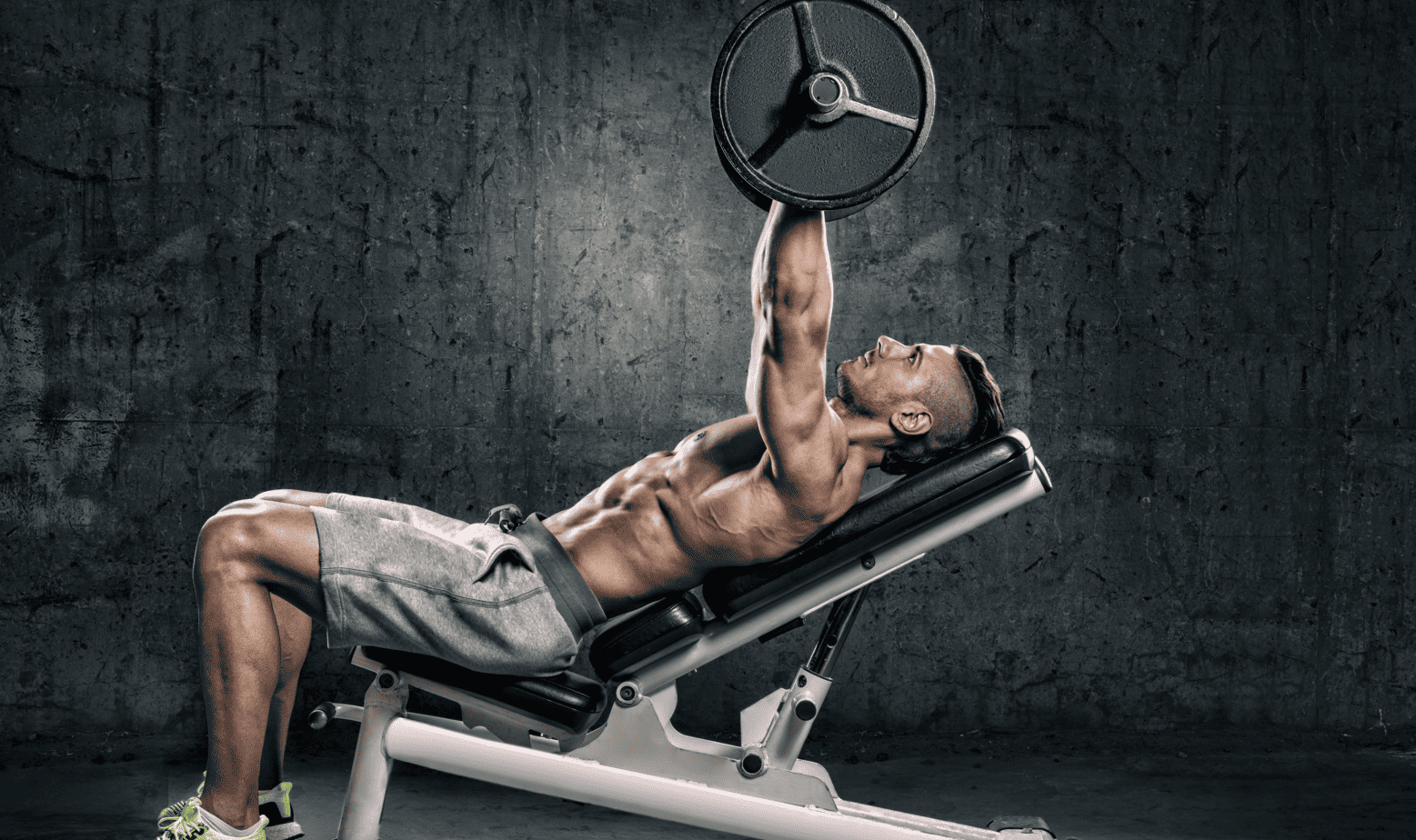When it comes to building lower-body strength with precision and safety, the horizontal leg press stands out as one of the most effective and accessible machines in any gym. Whether you're rehabbing from injury, looking to increase leg size, or improving overall athletic performance, the seated horizontal leg press offers a versatile path to strong, sculpted legs.
What Is a Horizontal Leg Press?
Unlike the 45-degree angled machines, the horizontal leg press machine places the user in an upright, seated position with their feet pushing horizontally against a footplate. The weight is usually controlled through a pin-loaded or plate-loaded system. This alignment reduces spinal compression and is often favored for its ease of use and joint-friendly mechanics.
Key Muscles Worked in the Horizontal Leg Press
Despite its seated setup, the horizontal leg press muscles worked closely mirror those activated in a squat. Here’s a breakdown:
-
Quadriceps: The primary movers during the extension phase. They power the push off the footplate.
-
Gluteus Maximus: Engaged heavily during the upward drive, particularly at deeper knee bends.
-
Hamstrings: Act as stabilizers, especially during the controlled return phase.
-
Calves (Gastrocnemius & Soleus): Provide support and aid in the final extension phase.
-
Hip Adductors: Help stabilize the hips and control knee alignment during the press.
Together, these muscles create a compound movement that mimics real-life functional strength tasks like standing up, climbing stairs, or jumping.
Horizontal vs. Angled Leg Press: What's the Difference?
While both machines target similar muscle groups, the main difference lies in body positioning and the angle of resistance:
-
Horizontal leg press: Puts less strain on the lower back and hips, making it suitable for beginners, older adults, or those in physical therapy.
-
Angled leg press: Allows for greater range of motion and typically heavier loading, which may appeal to advanced lifters.
The horizontal leg press machine offers a more controlled environment, which is ideal for learning proper leg drive mechanics without compensating with the lower back.
Benefits of Using the Horizontal Leg Press
-
Joint-Friendly Training
The horizontal setup minimizes spinal compression and knee shear forces, making it ideal for individuals managing joint concerns. -
Improved Muscle Isolation
It allows focused training on the lower body without needing to balance a barbell or worry about upper-body fatigue. -
Accessible for All Fitness Levels
With intuitive adjustment and guided movement, the leg press horizontal machine is beginner-friendly while still offering progressive overload for experienced users. -
Supports Rehabilitation and Functional Strength
Physical therapists often recommend the seated horizontal leg press to restore strength after injury thanks to its smooth, controlled resistance.
How to Use the Seated Horizontal Leg Press Correctly
-
Adjust the Seat: Your knees should be bent at roughly 90 degrees with your feet shoulder-width apart on the platform.
-
Maintain Alignment: Keep your lower back pressed into the seat pad and avoid locking your knees at the top.
-
Controlled Motion: Press through your heels, extend your legs smoothly, then slowly return to the start position.
-
Breathing: Inhale during the lowering phase, exhale as you press the weight away.
Form first—always. This isn’t a machine to ego lift on.
Programming Tips for the Horizontal Leg Press
-
Reps and Sets:
-
For strength: 4–6 reps, higher load
-
For hypertrophy: 8–12 reps, moderate load
-
For endurance: 15–20 reps, lighter load
-
-
Rest Periods: 60–90 seconds for hypertrophy, 2–3 minutes for strength.
-
Frequency: 2–3 times per week, depending on training split and recovery capacity.
Common Mistakes to Avoid
-
Letting knees collapse inward (valgus collapse)
-
Lifting heels off the platform
-
Hyperextending or locking the knees at full extension
-
Rounding the lower back
-
Using too much weight at the cost of form
Final Thoughts
The horizontal leg press remains a staple in both home and commercial gyms—and for good reason. It’s a safe, efficient, and highly customizable way to build lower-body strength. Whether you're new to resistance training or a seasoned athlete incorporating volume work, the horizontal leg press machine deserves a place in your program.













































Leave a comment
This site is protected by hCaptcha and the hCaptcha Privacy Policy and Terms of Service apply.